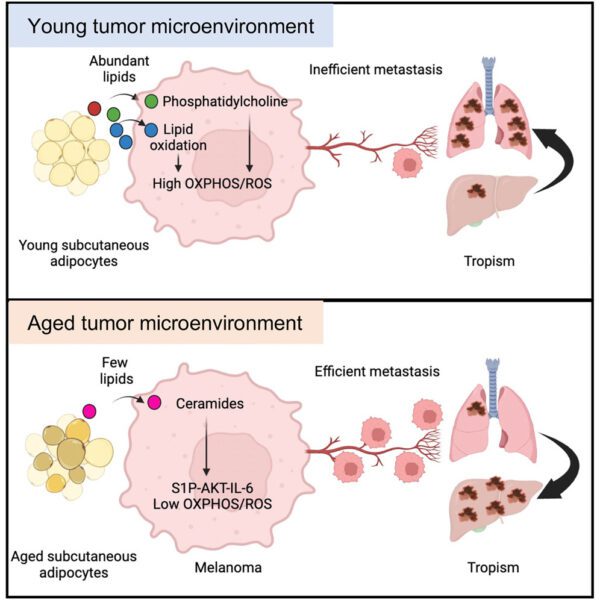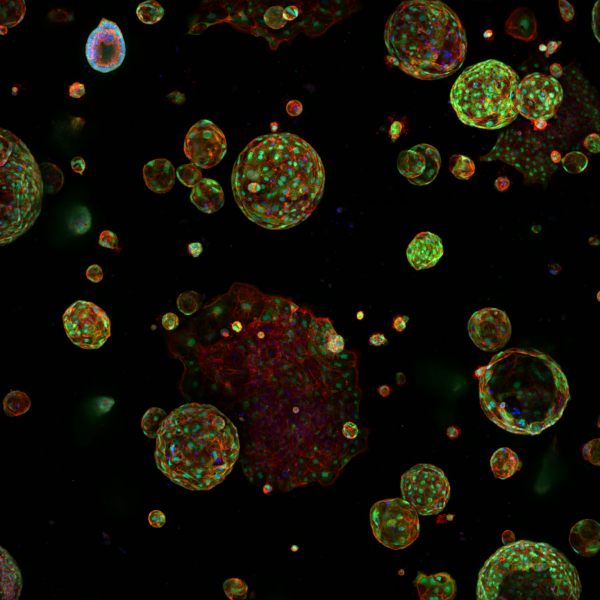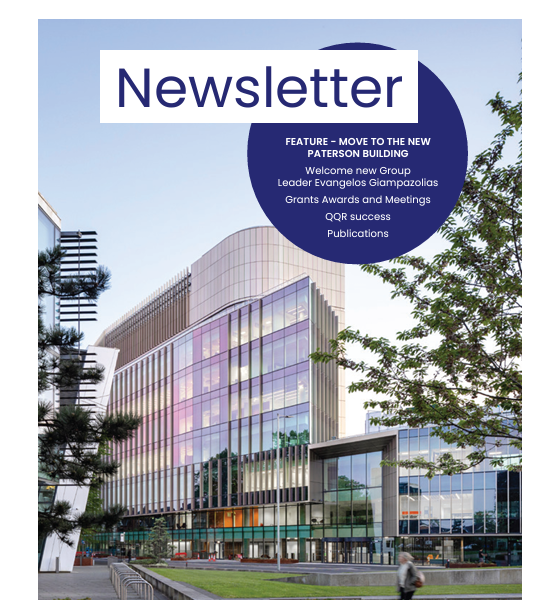Article highlights & insights
Lung squamous cell carcinoma is the second most common lung cancer. However, very little is known about how normal tissues in the lung develop in to these tumours. Like many cancers, this transformation comprises of an intermediate phase where healthy cells begin to form lesions that may (or may not) progress in to tumours. Understanding the biology of these lesions in lung squamous cell carcinoma may help clinicians detect them before they become cancerous.
Knowing which genes are switched on and off during this intermediary phase can provide clues as to how these lesions form. There are already some publicly available transcriptional datasets showing the activity of tens of thousands of genes in pre-cancerous lesions extracted from patients with lung squamous cell carcinoma. But not every laboratory has the bioinformatic tools and skills required to interrogate these extensive databases.
To address this, Roberts et al. built an open-source platform called XTABLE (short for Exploring Transcriptomes of Bronchial Lesions) which can analyse transcriptional datasets in multiple ways depending on the needs of the user. For instance, the tool can stratify the data into groups based on different parameters, such as the lesions potential to progress in to cancer, to see how the genes of the groups compare. It can also analyse the activity of individual genes and sets of genes involved in the same biological processes.
Using XTABLE, Roberts et al. showed that a biological process linked to lung squamous cell carcinoma is also involved in the formation of pre-cancerous lesions. This suggests that molecules and genes associated with this process could potentially help scientists design prevention strategies.
XTABLE will help researchers to better understand the biology of pre-cancerous lesions and how they develop in to tumours. Moreover, it will make it easier for scientists to validate their hypotheses using data collected from patients. The tool could also be useful for scientists interested in other types of lung cancers that share a similar biology.
Lung squamous cell carcinoma is the second most common lung cancer. However, very little is known about how normal tissues in the lung develop in to these tumours. Like many cancers, this transformation comprises of an intermediate phase where healthy cells begin to form lesions that may (or may not) progress in to tumours. Understanding the biology of these lesions in lung squamous cell carcinoma may help clinicians detect them before they become cancerous.
Knowing which genes are switched on and off during this intermediary phase can provide clues as to how these lesions form. There are already some publicly available transcriptional datasets showing the activity of tens of thousands of genes in pre-cancerous lesions extracted from patients with lung squamous cell carcinoma. But not every laboratory has the bioinformatic tools and skills required to interrogate these extensive databases.
To address this, Roberts et al. built an open-source platform called XTABLE (short for Exploring Transcriptomes of Bronchial Lesions) which can analyse transcriptional datasets in multiple ways depending on the needs of the user. For instance, the tool can stratify the data into groups based on different parameters, such as the lesions potential to progress in to cancer, to see how the genes of the groups compare. It can also analyse the activity of individual genes and sets of genes involved in the same biological processes.
Using XTABLE, Roberts et al. showed that a biological process linked to lung squamous cell carcinoma is also involved in the formation of pre-cancerous lesions. This suggests that molecules and genes associated with this process could potentially help scientists design prevention strategies.
XTABLE will help researchers to better understand the biology of pre-cancerous lesions and how they develop in to tumours. Moreover, it will make it easier for scientists to validate their hypotheses using data collected from patients. The tool could also be useful for scientists interested in other types of lung cancers that share a similar biology.




